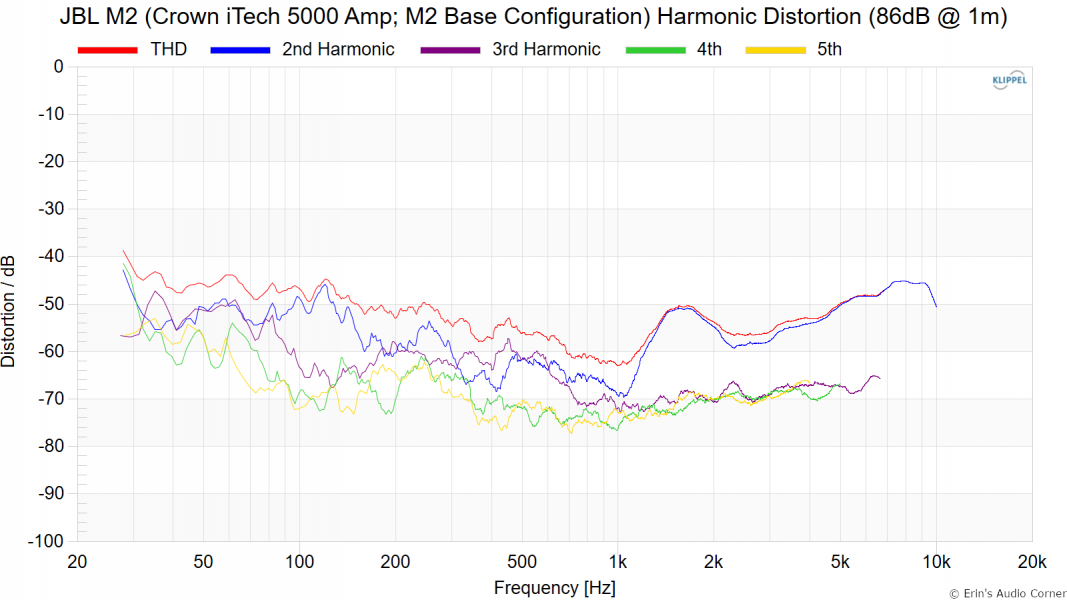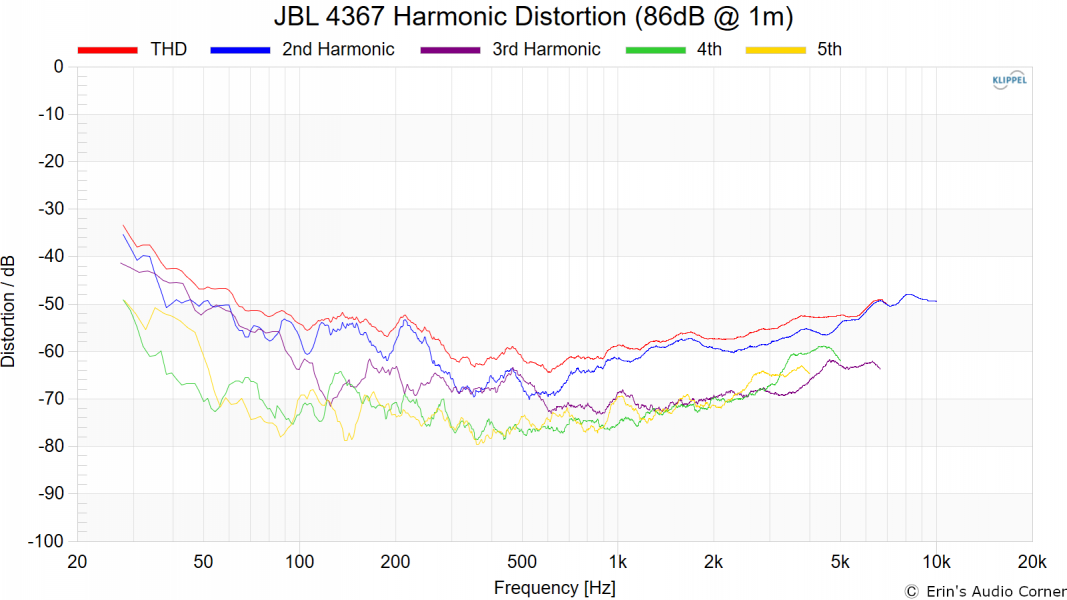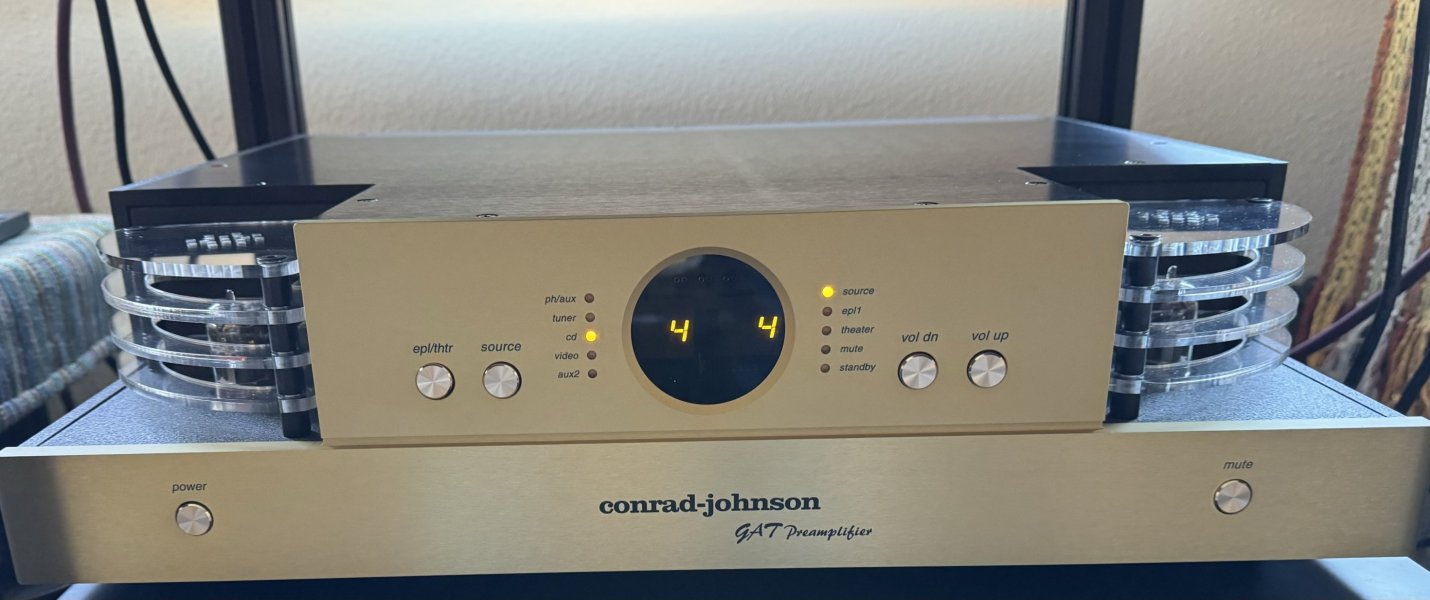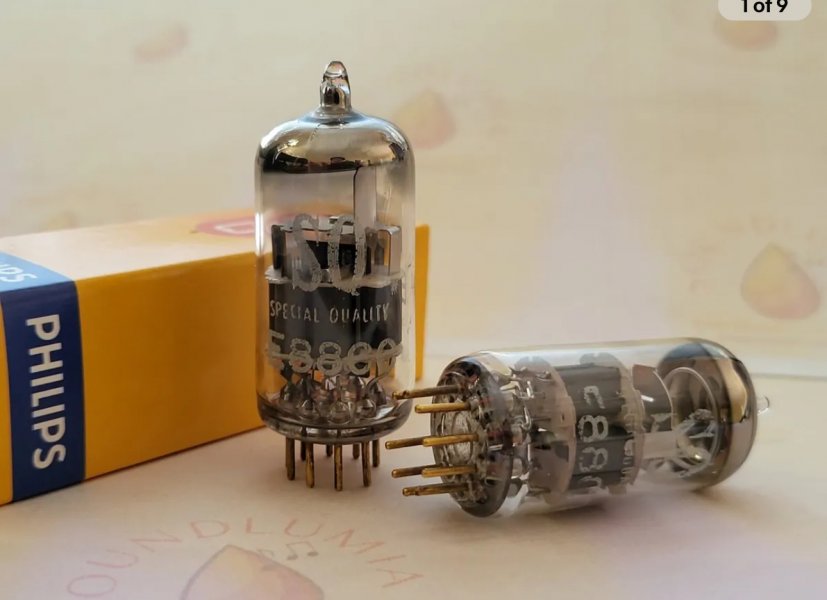See the measurements of the La Scalas here in the same HFN/RR magazine:
Lab Report Measuring a horn speaker such as the La Scala AL5 using a quasi-anechoic, time-windowed technique is complicated by the time delays associated with the path lengths through the midrange and bass horns. If the measured impulse response is windowed to remove the first (floor) reflection...

www.hifinews.com
Regarding bass, there is no question any standard moving coil dynamic speaker that is not horn loaded will go lower with the same woofer size as the La Scalas (which uses 15” woofers). But the price is efficiency. The Kef Meta Blade or the Everest 6700 is not as efficient as the La Scalas. They will need a significantly more powerful amplifier to generate similar SPLs. All I can say is that after 30+ years of listening to many high end audio loudspeakers, including pricey B&W 800 Diamonds, Quads, Harbeth, JBLs, Magenplanars, Spendors etc., I have found the La Scalas to be significantly purer sounding and far more effortless at reproducing dynamics in all kinds of music (classical, jazz, rock, folk etc.). Ultimately, it’s your ears that are the deciding factor. But I like the design ethos of the Klipsch La Scalas and the Klipschorns. Efficiency is the key to reducing distortion. If a cone does not move at all, it distorts much less.
To me, the problem with the Kef Meta Blade or the Everest 6700 is that the woofer cones are not horn loaded. Mathematics and physics suggest that there is a huge impedance mismatch between the mass of the cone and the mass of the air it is pushing. Unlike a Quad electrostat, where the Mylar film is so light that it does not weigh much more than the surrounding air, the standard woofer is cone is a huge heavy object compared to the surrounding air. The trick that makes the La Scalas and the Klipschorns work so well is that they equalize this mass difference by a folded horn design. As the cone moves in a much longer cavity, the pressure equalization works really well to reduce distortion. This is all fairly standard in the design of horns, and was largely Paul Klipsch’s genius in understanding the importance of efficiency in minimizing loudspeaker distortion.
Keep in mind there are other distortions that are not measured in HFN/RR, like intermodulation distortion (or what Paul Klipsch called FM distortion). That’s really low in the La Scalas and the Klipschorns.
Measurements are one thing. Listening is another. All I can say is what I originally wrote to start this thread: “Color me puzzled”. I personally did not think I would like the La Scalas as much as I do. They are simply magnificent, far and away the best loudspeaker I have personally owned in 30+ years, and I have owned a lot! I still have 6-7 other loudspeakers in my house that I can and do often compare with the La Scalas. I have three pairs of Quads, a Harbeth Monitor 40.1, and several others. Each time, I come away admiring a few things that the Quads do well (sheer coherence through the midrange is hard to compare), but ultimately the La Scalas triumph.
I am not interested in either the Everest or the Blades. Their designs do not appeal to me. You may certainly feel differently. That’s why there are thousands of brands of loudspeakers! To me, hearing the La Scalas using a low power SET amplifier is a joy indeed. I can enjoy a far wider range of recordings than ever before. That’s ultimately what it comes down to. If you like the loudspeaker, as Peter Walker once said, you’ll make room for it, and forget the Hi Fi. The La Scalas do that for me. I cannot give a better recommendation.


















